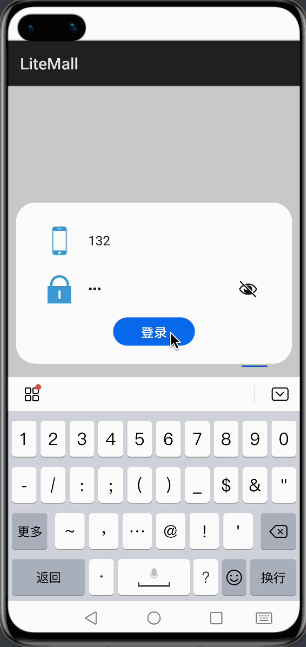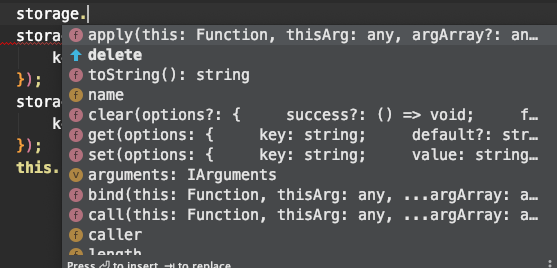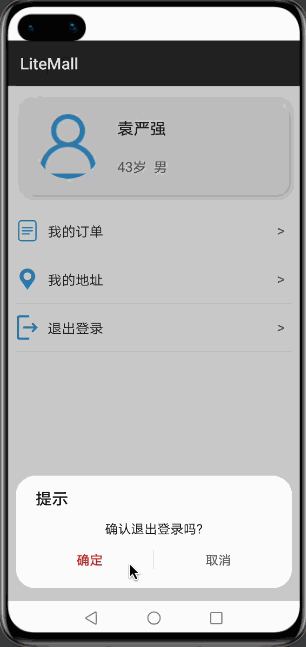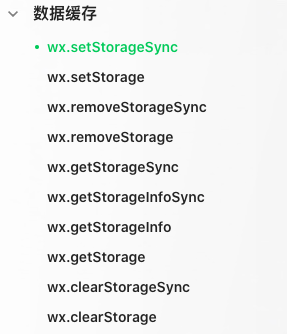鸿蒙入门指南,小白速来!从萌新到高手,怎样快速掌握鸿蒙开发?【课程入口】
正文:
在应用开发时,我们常需要将一些数据缓存到本地,以提升用户体验。比如在一个电商的app中,如果希望用户登录成功后,下次打开app可以自动登录,就需要将用户信息存储到缓存中。
鸿蒙JS开发模式提供了操作数据缓存的API,首先需导入storage模块。
import storage from '@system.storage';添加缓存的API为storage.set( ),指定key和value,在用户登录成功后将用户名和密码缓存到本地:
// 登录
login() {
fetch.fetch({
url: this.url + "/user/login?phone=" + this.phone + "&pwd=" + this.pwd,
responseType: "json",
success: res => {
let data = JSON.parse(res.data);
console.info(JSON.stringify(data));
if (0 != data.code) {
prompt.showToast({
message: data.msg,
duration: 3000
})
} else {
let userInfo = data.data;
......
// 写入缓存
storage.set({
key: "userPhone",
value: userInfo.mobile
});
storage.set({
key: "userPwd",
value: userInfo.password
})
}
}
})
},注意,鸿蒙JS的数据缓存API是以key:value进行存取的,value只能为string类型。如存储其他类型,并不会失败而进入fail回调,但在使用get( )的时候会无法取到对应value的。
在进入app时,便可调用storage.get( )取出缓存中的用户信息,通过给定key,在success回调中会返回对应的value。取到用户信息后并调用登录方法实现自动登录功能。
onShow() {
// 从其他页面跳转回来,清除页面栈
router.clear();
// 从缓存取用户信息,自动登录
storage.get({
key: "userPhone",
success: data => {
if (data) {
this.phone = data;
storage.get({
key: "userPwd",
success: data => {
if (data) {
this.pwd = data;
this.login();
}
}
})
}
}
})
// 查询购物车数量
if (this.userInfo && this.userInfo.id) {
this.countCarts();
}
},效果如下:

删除缓存中数据的API为storage.delete( ),指定key即可删除对应数据。此方法在IDE中无提示(猜测是和delete关键词重复了),但经实验是可以正常使用的。
在用户退出登录后,应清除缓存中的用户信息。对应方法如下:
// 退出登录
exitLogin() {
prompt.showDialog({
title: "提示",
message: "确认退出登录吗?",
buttons: [
{
text: "确定",
color: "#E20A0B"
},
{
text: "取消",
color: "#666666"
}
],
success: res => {
if (res.index == 0) {
......
// 删除缓存中用户信息
storage.delete({
key: "userPhone"
});
storage.delete({
key: "userPwd"
});
this.userInfo = null;
}
}
})
}退出登录过后再次进入app,就不会自动登录了:

此外还有storage.clear( )方法用于清空所有的数据缓存。
微信小程序提供了类似的操作数据缓存的方法,分为同步方法和异步方法,且数据的value可为任何能够通过JSON.stringify序列化的对象。因此在从微信小程序切换到鸿蒙JS开发时,在数据缓存这里踩了坑。鸿蒙storage的value只能为string,但其提供了文件存储,拥有更强大的数据存储能力。

作者:Chris.
想了解更多内容,请访问: 51CTO和华为官方战略合作共建的鸿蒙技术社区https://harmonyos.51cto.com



